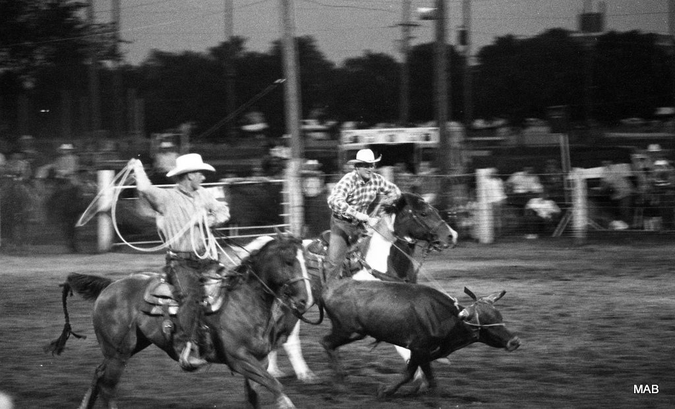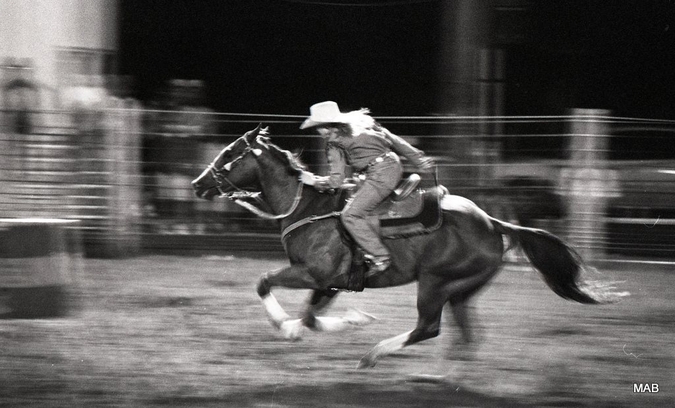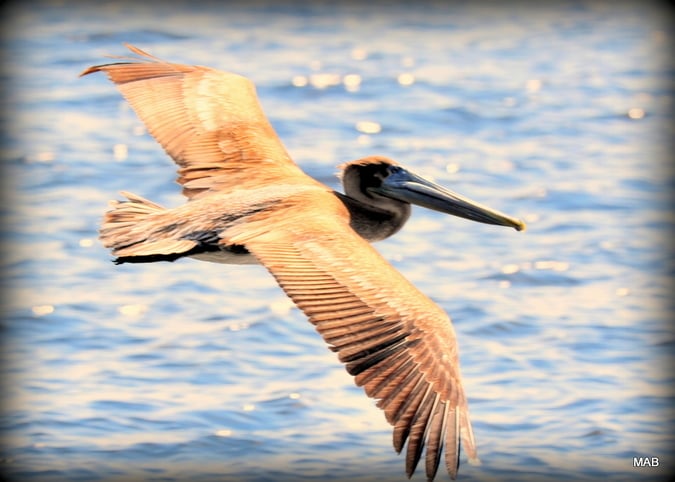John, it's mostly a matter of practice. Nothing more.
—
For me, personally, I get far more usable exposures when I don't rely on autofocus (or autoexposure for that matter), for whatever reason. I know what I want my camera to do, and I don't like fighting automation systems to make it do what I want. Setting things up the way I want the camera to work, for whatever scene I'm trying to capture, is for me the best way to get what I want.
What other people do ... well, it's up to them to do whatever is needed to get the results they want. I don't care what that might be. If AF and AE works perfectly for you 99.9% of the time, just use it and make the photos you want/need to make. I have nothing negative or disparaging to say about that .. the results are all that matter, not what technology you used to obtain them.
Photography should be about making the photos that you want to make, for whatever reason and however you can, not arguing points of specifications or workflow incessantly.
onwards,
G
I just performed a small informal experiment involving the use of AF multiple (i.e. multiple focus points) on my Leica Q (I could have used an M4/3 camera but the Q is pretty up to date so I thought it should provide a reasonable base case.). The subject was a small garden statue about 4 meters away. On either side of the main subject (and some distance away from it, and closer to me) are two bushes. To the left of the statue as I look at it, and about a meter away from the statue, are an outdoor table and chair
In short, the results were much as I expected based on past experience - the camera focused somewhere different each time I pressed the button (at least there is that to be said for it - it is kind of an advantage) but only once (after several tries) did it focus on the statue which is what I wanted - even though it was relatively close to the centre of my frame (which I had hoped might possibly help). Mind you, each time I pressed the button focus was as near to instantaneous as I can figure.
But this exemplifies the kind of problem I alluded to in my earlier post. If that were a group of people in the street I definitively would have missed the shot - the subjects would have moved to a less desirable composition or out of frame altogether before I nailed focus and the opportunity would have passed. As I tend to use a shallow depth of field and medium teles, focus accuracy on a specific subject is critical. (People who shoot wide angles admittedly have an easier time of it in this respect - they can just focus on the group - many cameras do this - and know that DOF will do the rest. In effect they are using the camera's AF capabilities to zone focus).
OK, I admit I understand that multi focus point systems tend to give priority to the closest potential subject in most camera systems and sometimes that is perfectly OK depending upon the photographer's intentions. And I freely accept that other camera systems might have better algorithms which would make a better "fist" of it. And at least in some systems you can preselect a smaller group of focus points to use for this purpose - but that can entail the need to go into a menu to change the settings or at the very least the ability to use your thumb as you hold the camera to your eye to swap focus points using a thumb wheel on the back of the camera. Neither are particularly fast nor functional and if I am shooting with my left eye and trying to simultaneously use the thumb wheel to change focus points (assuming a specific camera has this function) I need to move my eye from the finder and lose composition or risk poking myself in the eye with my thumb. Neither solution seems tenable to me.
I have read about and seen pictures taken by wild life photographers who shoot birds in flight with long tele lenses. The problem here is that the best modern AF DSLR systems can nail focus on rapidly moving subjects but will tend to focus with pin point accuracy on the wing tip that is closest to the photographer. Not on the birds eye which is what the photographer wants. Admittedly its a big ask but this kind of demonstrates the problem with AF systems as they stand - they can make a dumb choice about where to focus then brilliantly execute their dumb choice to get a pin sharp image of something you do not want.(OK I understand that facial recognition of animals is now becoming possible and perhaps this will fix that specific issue as described above).
And of course in street shooting there is seldom time to change settings - after all the relationship between moving subjects is usually changing all the time and it is necessary to use the VF to closely watch for the best relationship / composition emerge and then to press the shutter button at the instant it does. There is usually simply no time or opportunity to previsualize the image you want then preset the camera's most desirable focus points, then wait for the desired composition to evolve. It might be a different matter if there is a single and isolated moving subject in which case I suppose that multi focus points (and focus tracking) should be more reliable in terms of the ability to pick the subject I want (given there is only one in this case) and nail focus, but single isolated subjects are not necessarily all that frequent in my case at least. On the other hand if I am shooting a single subject and if the single subject is not moving - I might as well use MF anyway.
I do use AF when I can. It is often very convenient. But for dynamic street shots where there are crowds of people all moving about (or even some more static shots as in the examples below) I miss more (good) shots than I get (not all due to focusing issues) and the best compromise I can usually make is to use single AF and single central focus point to focus then quickly recompose, then shoot. Or if I do not even have time for that I simply shoot with the main subject in the centre of the frame (ignoring all rules of composition) and crop afterwards to a better composition in post.
And in shots like the following one you had better be using MF or single shot centre focus point or you will definitely miss the focus on the young lady in the window (not that I nailed it absolutely perfectly in this case, probably because I was shooting a fairly fast tele lens wide open - but I sincerely doubt AF could have done much better had it been available to me, which it was not)
 Cafe
Cafe by
Life in Shadows, on Flickr
And probably much the same could be said here, for obvious reasons had AF been available (too much choice of a potential subject / focus point for the camera to reliably make it without my involvement)
 A Thoughtful Moment Between Bites
A Thoughtful Moment Between Bites by
Life in Shadows, on Flickr







